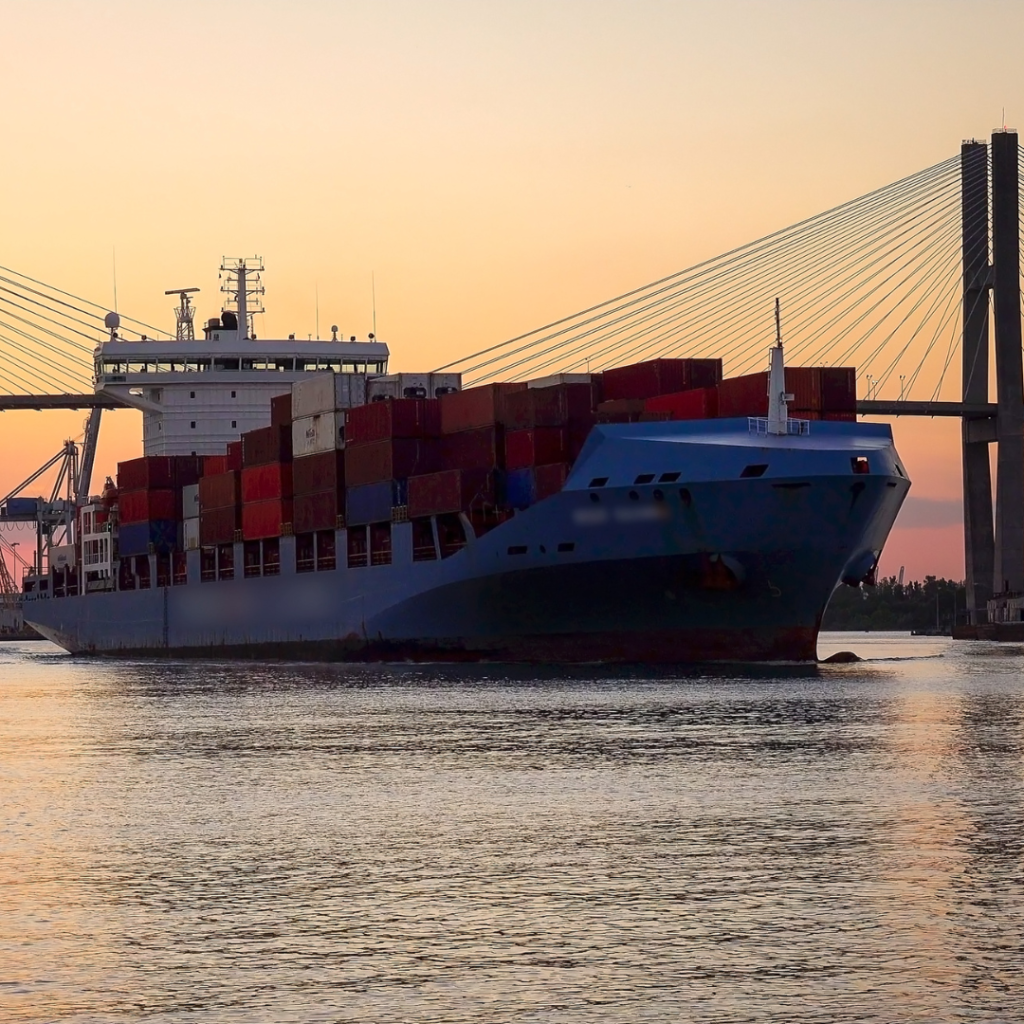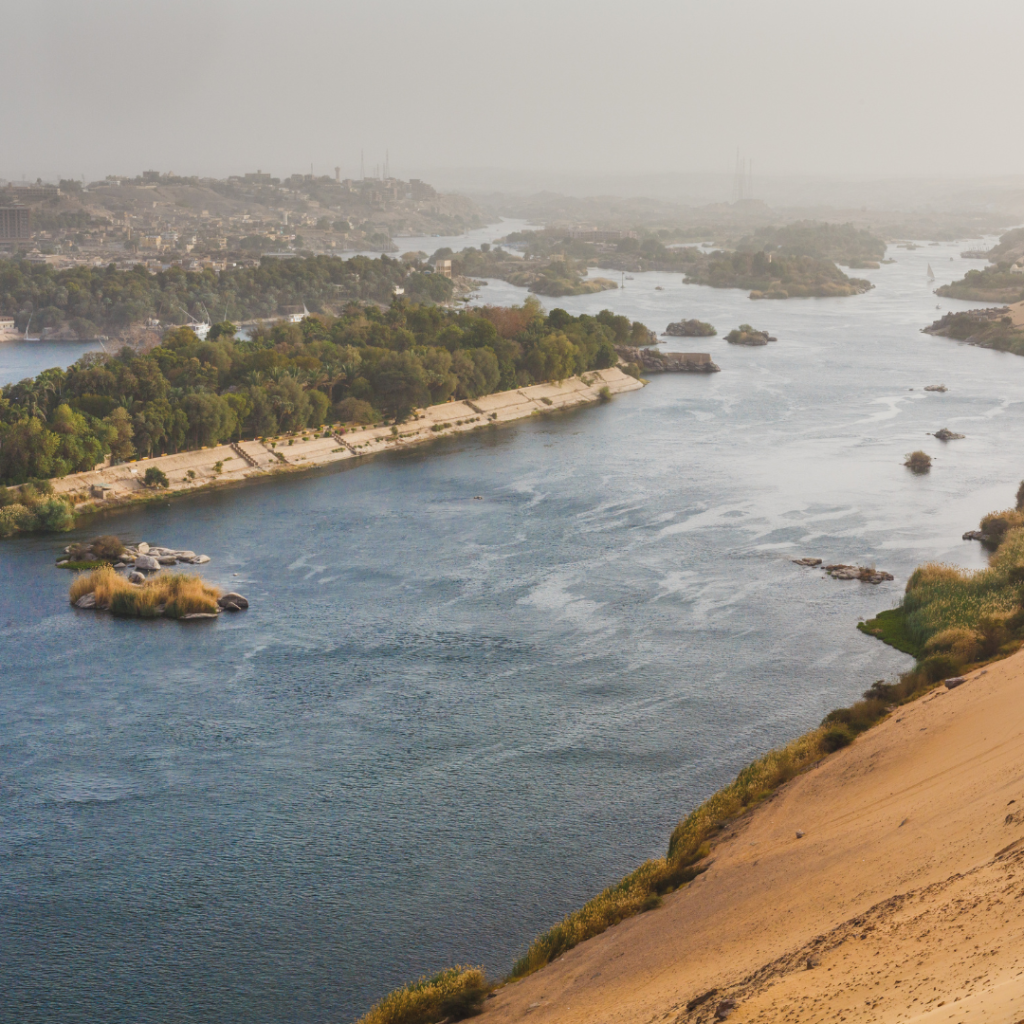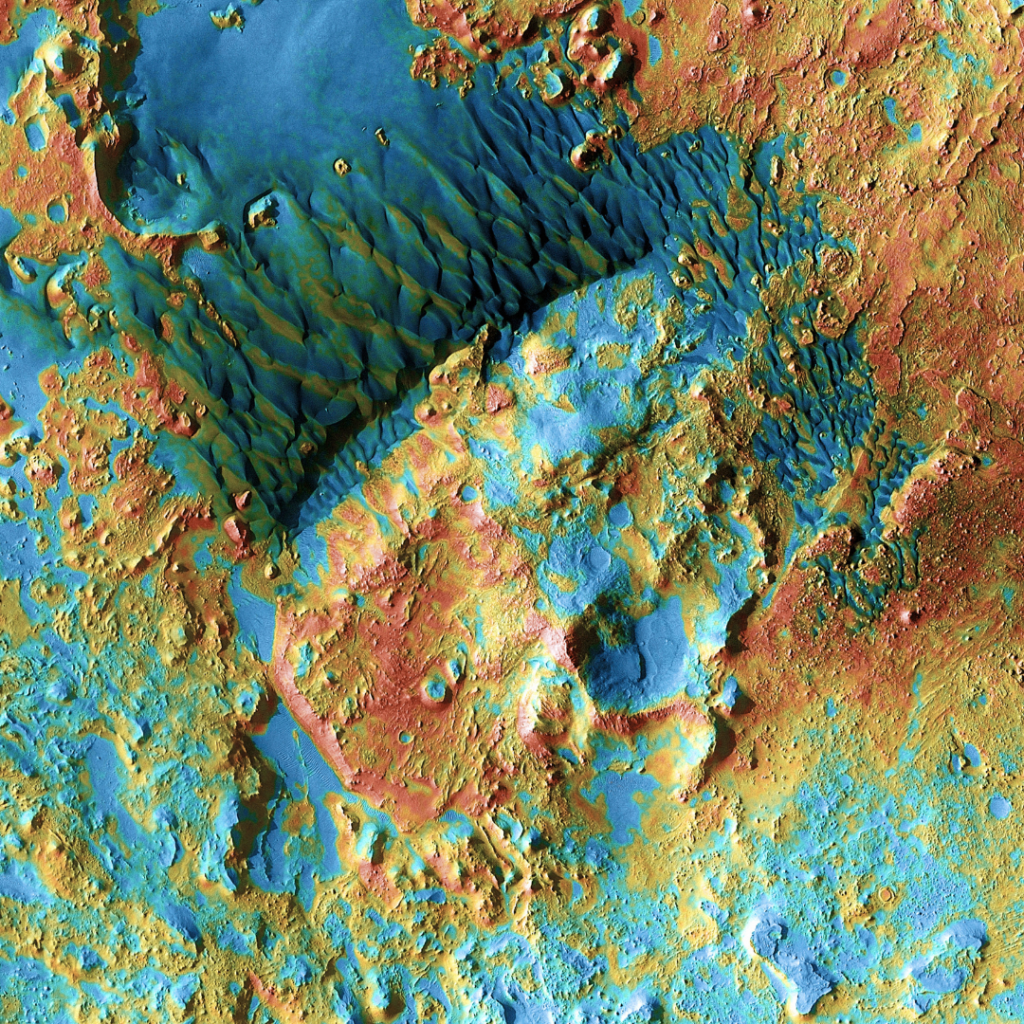

Hydrodynamic Interactions and Safe Ship Handling
By: Isaias P. Despi Jr. M.M.
Navigating busy ports or restricted channels isn’t just about what meets the eye. It’s a complex tango between ships, the visible surface conditions, and the hidden world beneath – where hydrodynamic forces and underwater topography subtly alter a vessel’s course.

What is Hydrodynamic Interaction?
Just as a duck paddling on a pond creates ripples that affect those around it, so too do ships create unique pressure fields that interact with each other and the surrounding depths. As two vessels pass, low-pressure zones between them can lead to a dangerous ‘suction’ effect. Even the presence of a shallow seabed, nearby banks, or quay walls cause unpredictable changes in a ship’s handling. These effects are amplified in confined waters or when sailing at higher speeds.

Why the Underwater Topography Matters
- Squat: Every ship sinks deeper into the water while underway – an effect called squat. Squat increases in shallow areas and can make even charted ‘safe’ depths risky.
- Bank Effect: Nearing the riverbank or side of a channel can make a ship turn unexpectedly due to asymmetric pressure zones around the hull.
Interaction with - Obstructions: Underwater structures like reefs or wrecks can create unpredictable currents and eddies that affect a ship’s maneuverability.

How Navigators Chart the Unseen Depths
While the water’s surface can be observed directly, understanding the underwater topography relies on these tools:
- Nautical Charts: These meticulously crafted charts depict depths, underwater contours, wrecks, and other navigational hazards. Regular updates and surveying maintain their accuracy.
- Echo Sounders: This on-board equipment uses sound waves to determine the depth directly beneath the ship. It provides real-time information, supplementing nautical charts.
- Local Knowledge: Pilots and experienced navigators possess in-depth knowledge of the port’s underwater features, quirks, and how these change with tides or weather conditions.

Mastering the Dance
Effective ship handling requires more than simply watching the water’s surface. Understanding these invisible forces and anticipating a ship’s altered response is crucial for safe passage. This involves:
- Consultation: Navigators carefully study nautical charts, tide tables, and local notices to understand the area’s underwater landscape.
- Adjustment: Captains adjust speed and use rudders with consideration for expected squat, bank effects, or hidden obstacles.
- Communication: Clear communication with pilots, tugboats, and other vessels operating nearby is essential for coordinated maneuvering in areas with complex hydrodynamic interactions.

The unseen depths play a crucial role in the elegant dance of ships. By respecting the forces at play and skillfully reading the underwater world, navigators ensure safe and efficient passage, protecting our marine environments and the vessels that sail them.
– IDJ
Make your life worthwhile, and to the world before you. BE RELEVANT!
Quick Links
©2023. All Rights Reserved
